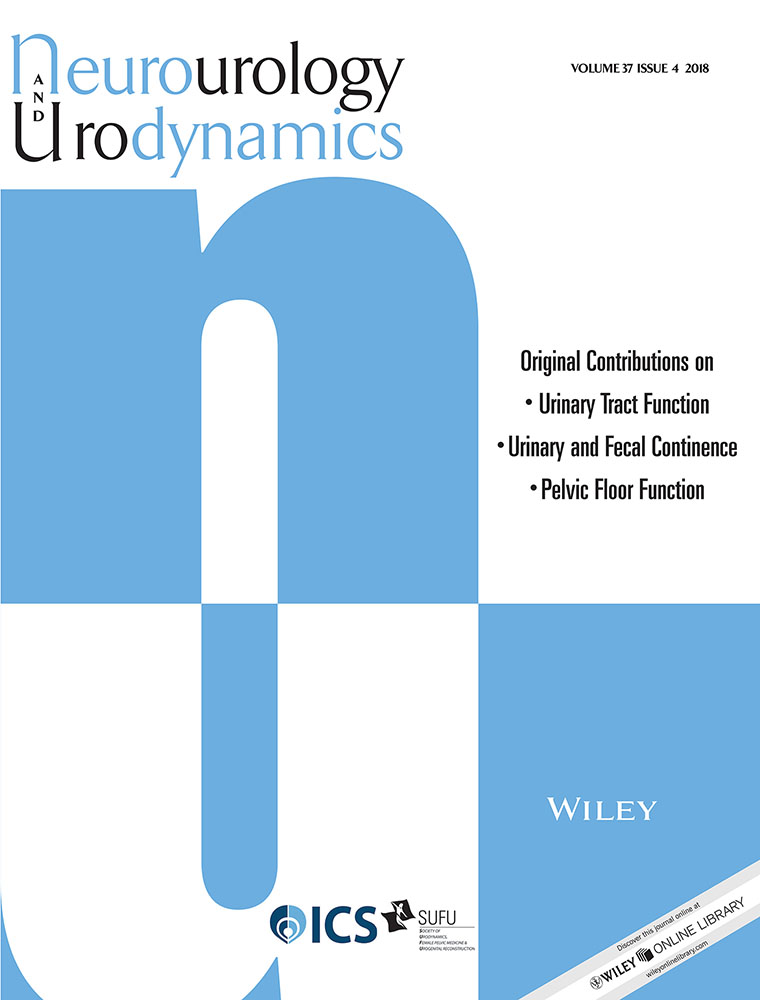A kit ligand, stem cell factor as a possible mediator inducing overactive bladder
Abstract
Objective
To investigate whether c-kit ligand, stem cell factor (SCF) affects the biological behavior of overactive bladder (OAB) and discuss the role of SCF as a possible mediator inducing OAB.
Materials and methods
First, we performed an immunohistochemical study to examine the localization of SCF in the guinea pig and human bladder. Next, urinary SCF levels were measured in patients with OAB and in control subjects to evaluate a potential biomarker for the diagnosis of OAB. Third, we examined the effect of SCF administration on the urinary bladder using guinea pigs to obtain additional information about SCF. The animals were administered with mouse SCF, and cystometry was performed. The following urodynamic parameters were analyzed: inter-contraction interval, maximum voiding pressure, pressure threshold, detrusor baseline pressure, and the number of non-voiding contractions.
Results
Immunohistochemical study showed that the expression of SCF was observed throughout the bladder wall, but especially in the urothelium of guinea pig and human bladder. Medians and IQRs of urinary SCF and SCF/creatinine levels in OAB patients (85.9 pg/mL [42.8, 199.0] and 1.30 [0.56, 2.71], respectively) were significantly higher than in control subjects (18.9 pg/mL [5.0, 43.6] and 0.26 [0.13, 0.43], respectively). SCF administration dose-dependently shortened the intercontraction interval and an increased number of non-voiding contractions (P < 0.05).
Conclusions
Our present data suggest that SCF produced in the urinary bladder may act as a possible mediator by binding to c-kit, which is expressed in ICC-like cells in the suburothelial and muscle layers, to control bladder function.




